We’ve all been there. Well OK, all public star party telescope operators have been there. You’re set up and you’ve got a stunning view of Saturn centered in the field of view. But then the first member of the viewing public takes a quick glance and steps back from the eyepiece, stating “yeah, I saw that through the last four ‘scopes…”
What do you do when every telescope down the row is aimed at the same object? Or worse yet, what do you aim at when there is no Moon or bright planets above the horizon? Every seasoned telescope operator has a quick repertoire of secret favorites, little known but sure-fire crowd pleasers. Sure, Saturn is awesome and you should see it through a telescope… but it’s a big universe out there.
I’ve even seen clubs assign objects to individual telescopes to avoid having everyone point at the same thing, but this method is, well, boring for the scope operators themselves. Most backyard astronomers can simply look at a tube pointed at Orion and know the neighboring telescope is aimed at the Orion Nebula. What follows is our very own highly subjective (but tested in the field!) list of secret star party faves. Yes, it is mid-northern latitude-centric. It also covers a span of objects of all types, as well as a handy information chart of where in the sky to find ‘em and a few surprises. We also realize that many public star parties often take place downtown under light polluted skies, so a majority of these are brighter objects. Don’t see your favorite? Drop us a line and let us know!
12. The Double Cluster: Straddling the border of the constellations Perseus and Cassiopeia, this pair of clusters is a fine sight at low power. The technical designation of the pair is NGC 884 and NGC 869 respectively and the clusters sit about 7000 light years distant. You can just see the pair with the naked eye under suburban skies.
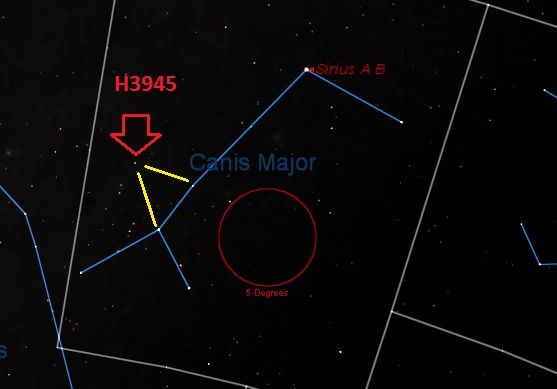
11. Herschel 3945: A popular summer-to-fall star party target is the colored double star Albireo is the constellation Cygnus. But did you know there’s a similar target visible early in the year as well? I call Herschel 3945 the “winter Albireo” for just this reason. This 27” split pair of sapphire and orange stars offers a great contrast sure to bring out the “ohs” and “ahs.”
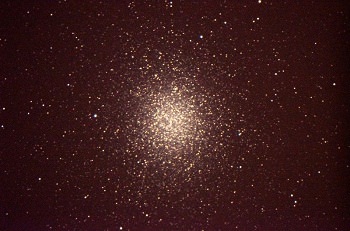
10. Omega Centauri: Did you know? Observers in the southern United States can actually see this outstanding southern hemisphere globular cluster. Late spring into northern hemisphere summer is the best time to catch Omega Centauri transiting low to the south after dusk. Observers south of 37° north latitude see this globular cluster transit over 5° above the southern horizon.
9. M81 & M82: Most galaxies such as M51 and Andromeda quickly vanish under the haze of light pollution. One of our favorite extra-galactic targets are the M81 & M82 pair in Ursa Major. Both fit easily in the same field of view at low power and make a fine study of an edge-on and face-on spiral galaxy all in one view.
8. Omicron Eridani: Sometimes, just knowing what you’re seeing is part of the thrill to astronomy. Such is the case of Omicron Eridani, a triple system 16.5 light years distant composed of a K-type main sequence star and a red and white dwarf. In fact, Omicron Eridani is one of the easiest examples of a white dwarf to locate in the night sky!
7. Castor: I love showing folks this multiple star in the head of Gemini. In the telescope, its possible to just split the 5” arc second pair. Now, notice a +9 magnitude star in the same field of view? That’s also related to the main pair. Now, for the real mind-blower… each star in the system is actually binary as well, for a grand total of six stars in the system!
| Object | Constellation | R.A. | Dec | Magnitude | Type |
| The Double Cluster | Perseus | 2h 20’ | 57° 08’ | +4.3 | Open Cluster |
| Hershel 3945 | Canis Major | 7h 18’ | -23° 19’ | +5 | Double Star |
| Omega Centauri | Centaurus | 13h 28’ | -47° 33’ | +3.7 | Globular Cluster |
| M81 & M82 | Ursa Major | 9h 55’ | +69° 4’ | +6.9 & +8.4 | Galaxy Pair |
| Omicron Eridani | Eridanus | 4h 15’ | -7° 39’ | +4.5,+9,+11 | Triple Star |
| Castor | Gemini | 7h 34’ | +31° 53’ | +1.6 | Multiple Star |
| M3 | Canes Venatici | 13h 42’ | +28° 23’ | +6.2 | Globular Cluster |
| NGC457 | Cassiopeia | 1h 19’ | +58 17’ | +6.4 | Open Cluster |
| Beta Monocerotis | Monoceros | 6h 29’ | -7° 02’ | +4.6 | Triple Star |
| Hind’s Crimson Star | Lepus | 5h 00’ | -14° 48’ | +5.5 – +11.7 | Variable Star |
| The “Double Double” | Lyra | 18h 44’ | +39° 40’ | +4.7 | Multiple Star |
| The ISS | N/A | N/A | N/A | -2 | Space Station |
6. M3: Star parties often give this fine globular cluster a miss. That’s a shame, as this +6th magnitude globular cluster in Canes Venatici is one of the finest in northern skies along with M13. I suspect its relative obscurity lies in the fact that no bright guide stars are in the immediate vicinity. I find M3 by searching midway between Arcturus and Cor Caroli.
5. NGC457: Another often over-looked open cluster, NGC457 is a fine target at low power. Two relatively bright stars (Phi-1 & Phi-2 Cassiopeiae at +5th and +7th magnitude, respectively) lie in the same field of view, appearing as the “eyes” of the cluster. Informal names for this group range from the Owl to the E.T. cluster… what pattern do you see?
4. Beta Monocerotis: This +4th magnitude star system is a visual treat at moderate magnification, offering a view of a true triple star system. The A-B pair is an easy split at 7.4” arc seconds. Crank up the magnification to see B split into a 2.8” arc second pair. The system is about 700 light years distant.
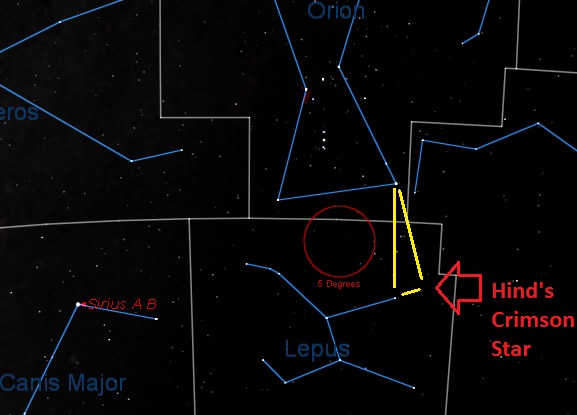
3. Hind’s Crimson Star: This is a fine target in Lepus. While some stars such as Betelgeuse or Aldebaran are only tinged orange-to-red, Hind’s has a bright cherry red appearance in the eyepiece. I draw an imaginary right triangle from Rigel to right of Mu Leporis and search for this Carbon Star at its apex.
2. The “Double-Double”: Near the bright star Vega in the constellation Lyra, Epsilon Lyrae is known as the “double-double.” The +4.7 and +6.2 magnitude stars are an easy split at low power. Crank up the magnification and you’ll notice that each star is actually a pair with a 2” split!
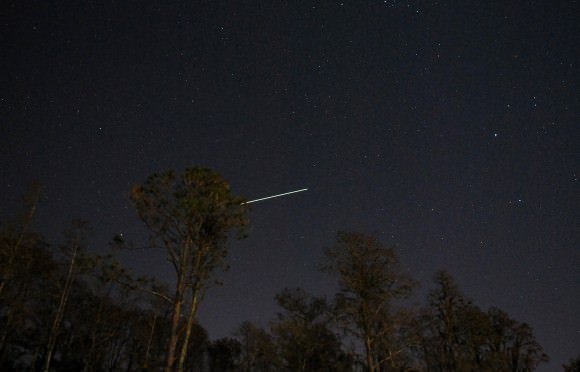
1. The International Space Station: The most fascinating target for public star parties doesn’t need a telescope at all. I always print out a list of visible satellite passes for the evening from Heavens-Above, and a bright pass of the International Space Station is sure to amaze. With an inclination of 51.6°, the ISS is visible over a majority of the populated surface of the Earth! Many folks are amazed to see it for themselves, and it also drives home the fact that a human presence in space continues, right overhead in low-Earth orbit… a true visual delight!

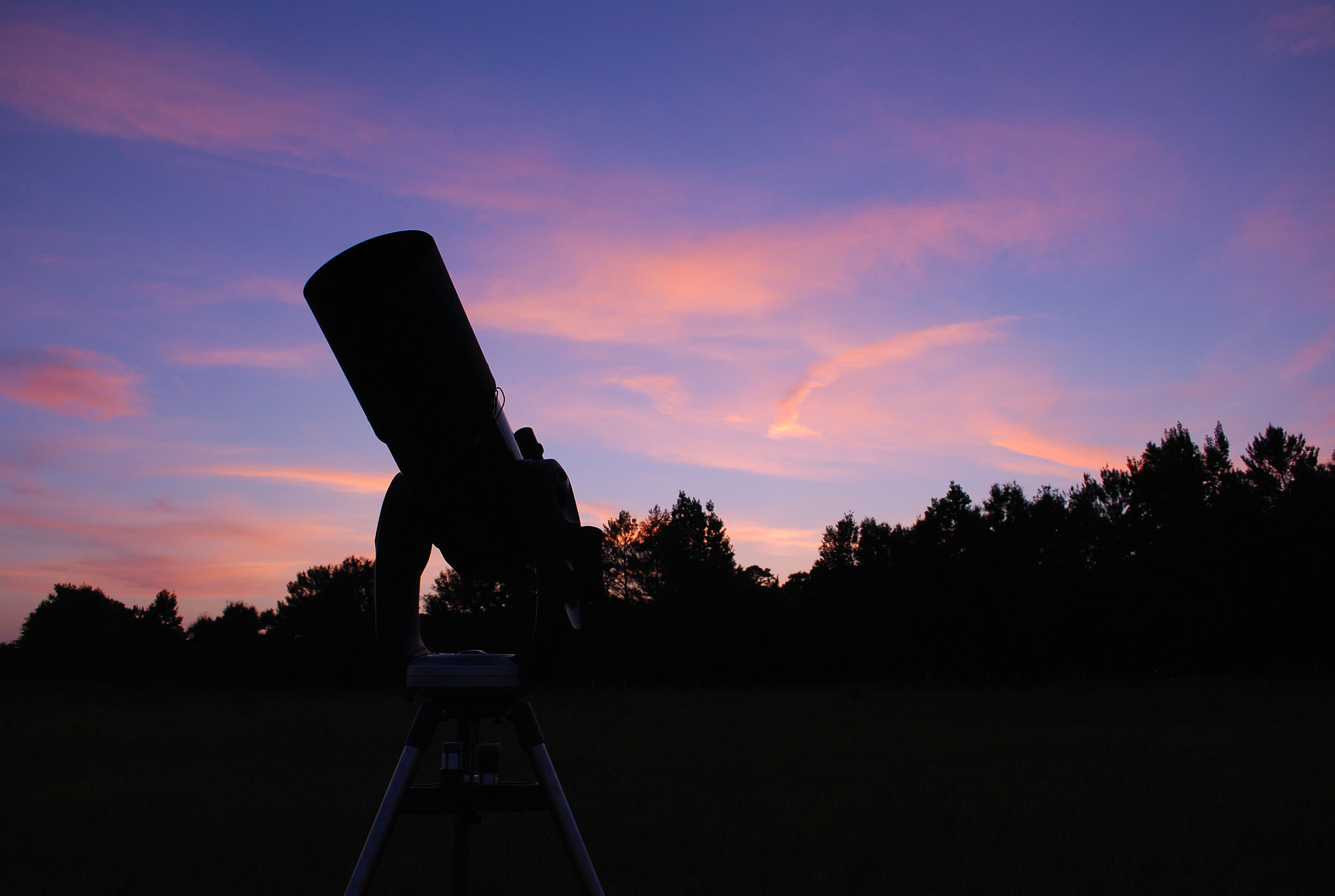
I call NGC457 the Blair Witch Cluster as I see the stick figure logo from the Blair Witch Project.
Each night, down here, Omega Centauri is right overhead. So is 47 Tucanae – in my opinion, the better spectacle of the two – and the Jewel Casket and the Homunculus Nebula. Stuff like that…
And Jupiter. Leaving the telescope out on our patio to follow Jupiter during the evening, when we have visitors is interesting for them, as they can follow the Galilean Moons while they change their relative positions over the hours.
yeah but I think we are referring to NORTHERN HEMISPHERE OBJECTS …
We have star parties down in the SOUTHERN HEMISPHERE, too.
Umm … don’t you see Jupiter from where you are? I know where you can get some outstanding photos.
Thanks for the info; 3 of the objects that made the list are southern hemisphere ones, but I may follow this list up with a southern hemisphere based list of secret faves as well.
M11 – The Wild Duck cluster is one of my favorites to look at and to show the public.
I must agree as opens go m11 is tops.
http://pulseofuniverse.webs.com/
This story makes me wish I would have told that guy with the dob looking at saturn how great it looked and that I had never seen this in a telescope before.
While looking at these stars, the flashes of satellites and other trash in the orbit around earth, will start to be like firecrackers going off, or a meteor shower. We need to start cleaning up our trash before some serious accidents happen, as this latest Chinese junk debris collision with the Russian Satellite, is just an early warning of potential disaster if one of our major communication links goes down. Not something that is fixed in 60 seconds. It might be noted that those military ones from the 70’s have nuclear components which could be really nasty.
A very attractive neighbor who undresses in front of a open window is real hit.